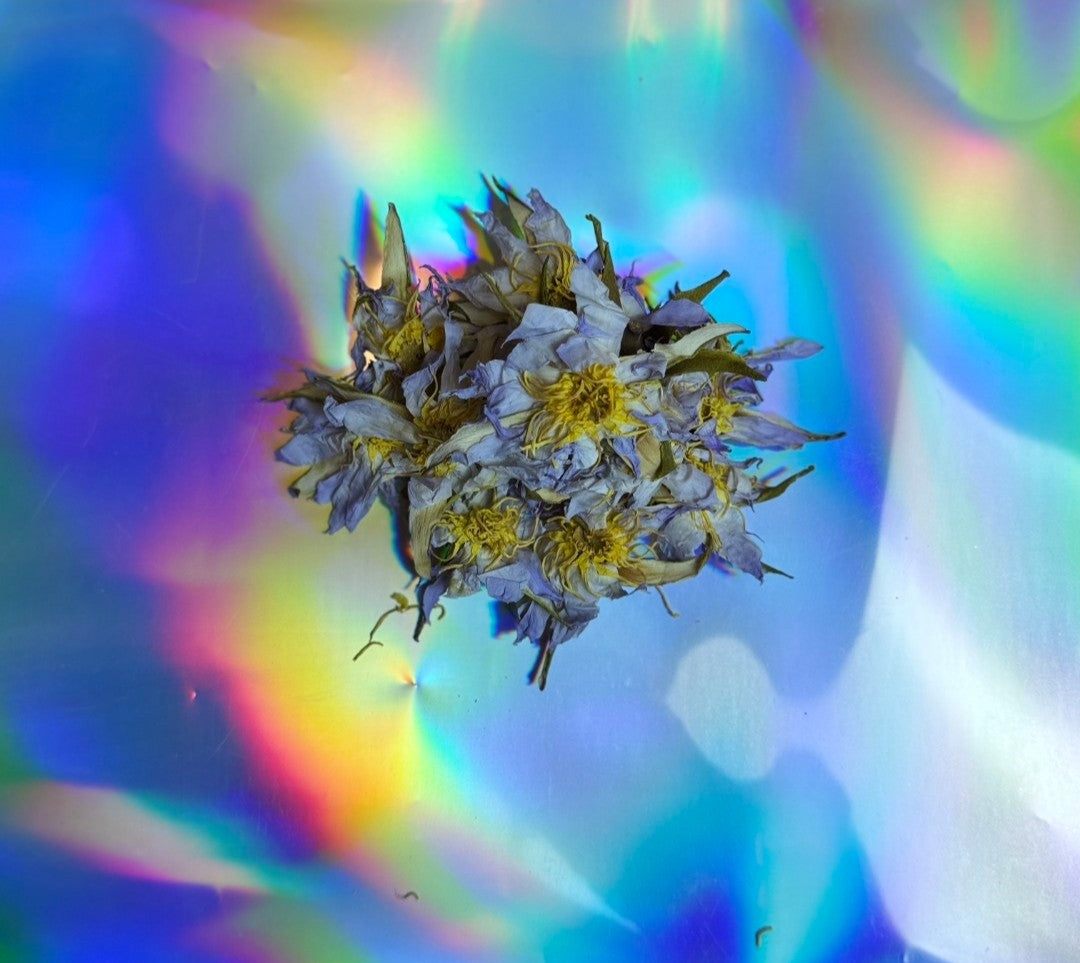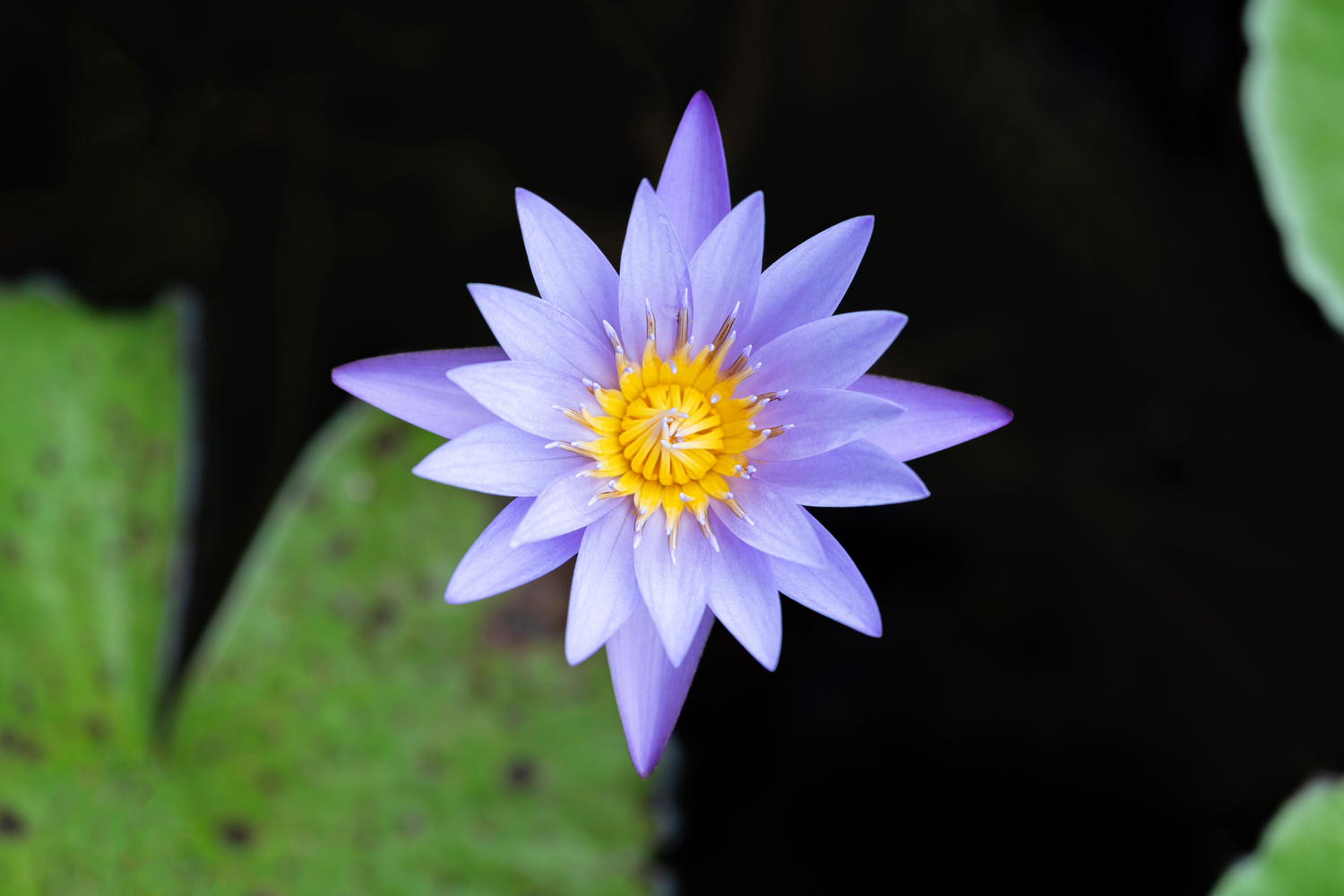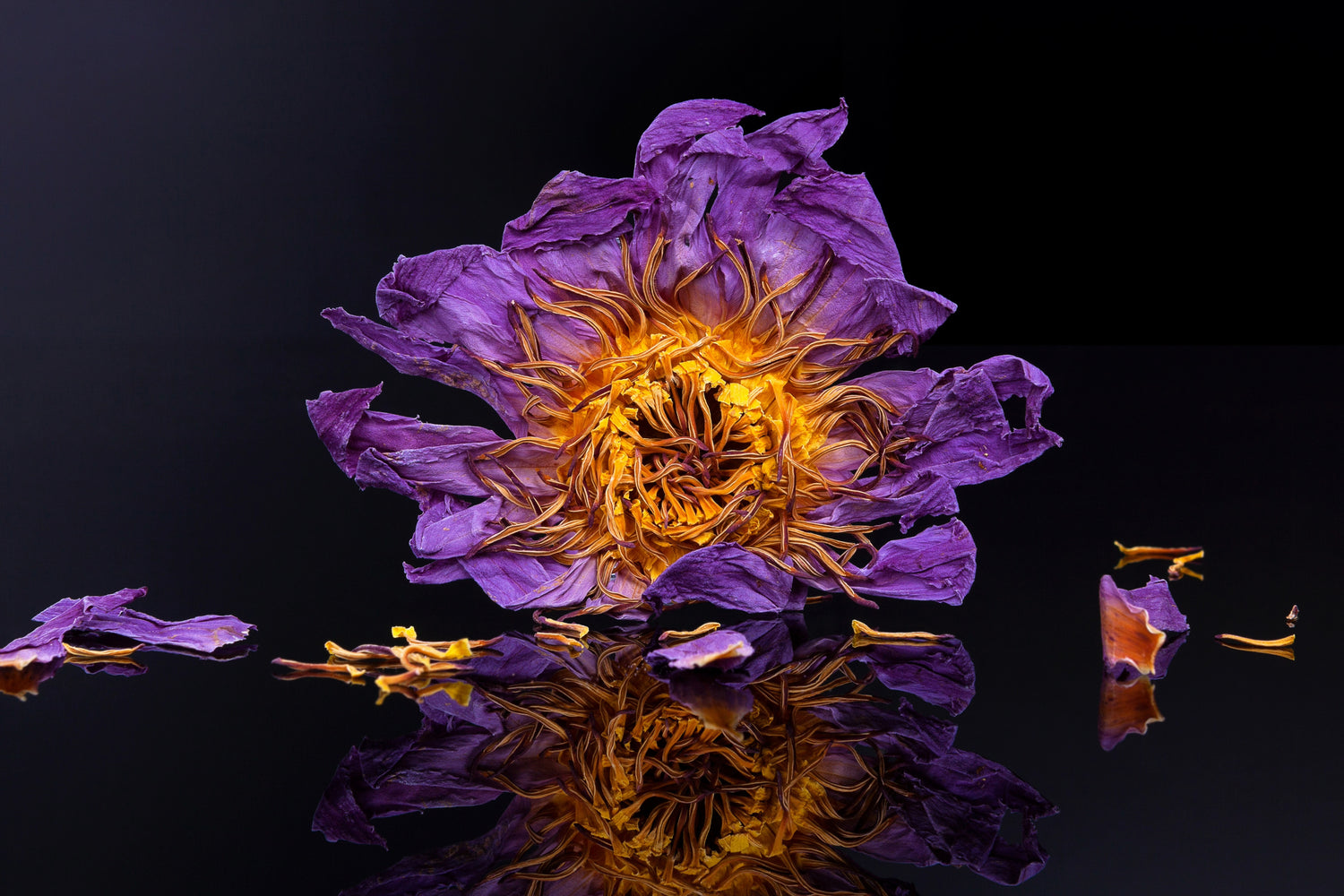
Healing Herbals
Egyptian Water Lily (Authentic and Rare) High Potency
Egyptian Water Lily (Authentic and Rare) High Potency
Couldn't load pickup availability
Authentic Dried Egyptian Water Lily (High Potency)
Product Description and Potency: Our Blue Lotus (Nymphaea caerulea) is a carefully sourced botanical, known for its rarity and authenticity. Each batch is selected to preserve its natural compounds and aroma, making it a versatile choice for teas, oil infusions, and ceremonial preparations.
History and Traditional Use: Revered in ancient Egypt, Blue Lotus symbolized rebirth, transcendence, and connection to the divine. It was often depicted in temple art and used in cultural rituals, highlighting its longstanding role in traditional practices.
Usage and Directions:
-
Tea: Steep 1–2 grams in hot water for 10–15 minutes.
-
Infusion: Add to oils or tincture blends.
- Bath: Incorporate into warm water for a soothing botanical soak.
Start with a small amount to gauge personal preference and adjust as needed.
Ingredients: 100% genuine Blue Lotus (Nymphaea caerulea). No fillers, additives, or substitutes.
FDA Disclaimer: This product has not been evaluated by the Food and Drug Administration (FDA). It is not intended to diagnose, treat, cure, or prevent any disease. Consult a qualified healthcare professional before use, especially if you are pregnant, nursing, or taking medications. Keep out of reach of children.
Share


Blue Lotus and Quality
Healing Herbals works closely with small family lotus farms and through sustainable and ethical sourcing of Nymphaea caerulea. Our sources always grow organically, avoiding heavy synthetic fertilizers. Our blue lotus flowers come from well-managed farms or sustainably maintained wild ecosystems on private lands.

History of Blue Lotus
Blue lotus, or Nymphaea caerulea, was highly valued in ancient Egypt, appearing in art, jewelry, and temple carvings. Its striking blue flowers symbolized the sun, creation, and rebirth, and it was often included in religious ceremonies along the Nile. The plant’s presence in tombs and artifacts highlights its cultural and spiritual significance throughout Egyptian history.
Over the last 2 thousand years this flower has been cultivated, bred and ecologically diversified to include several known cultivars and varieties including the Purple Thai, Egyptian Blue, and other subvarieties.

